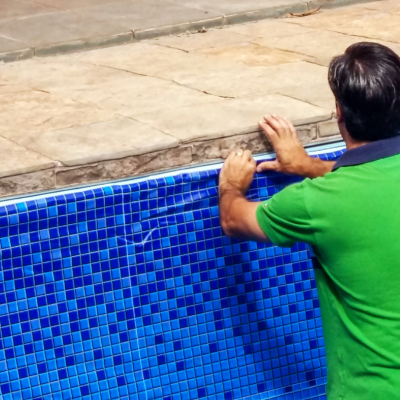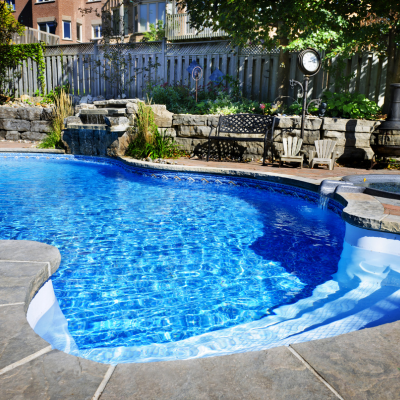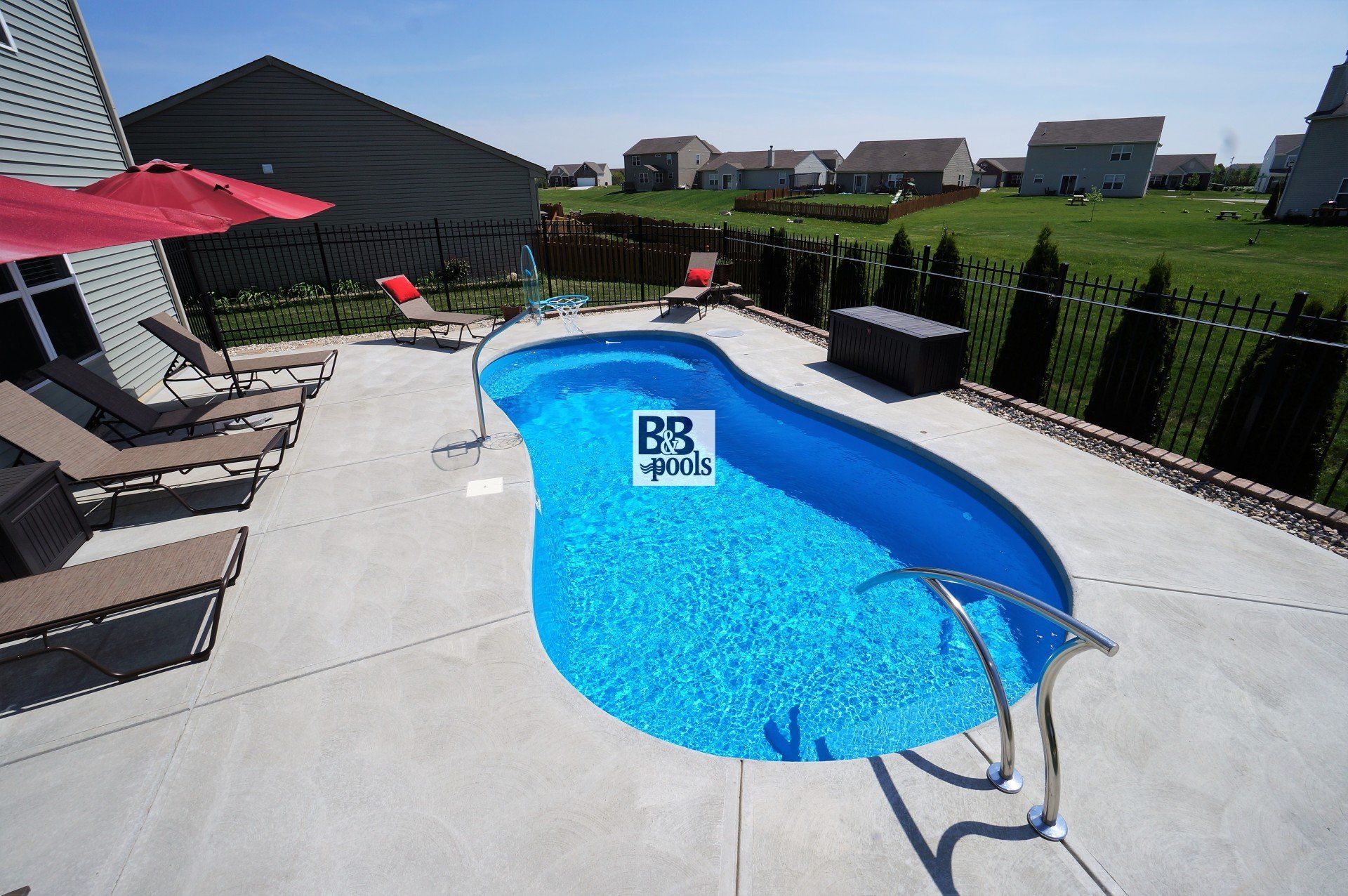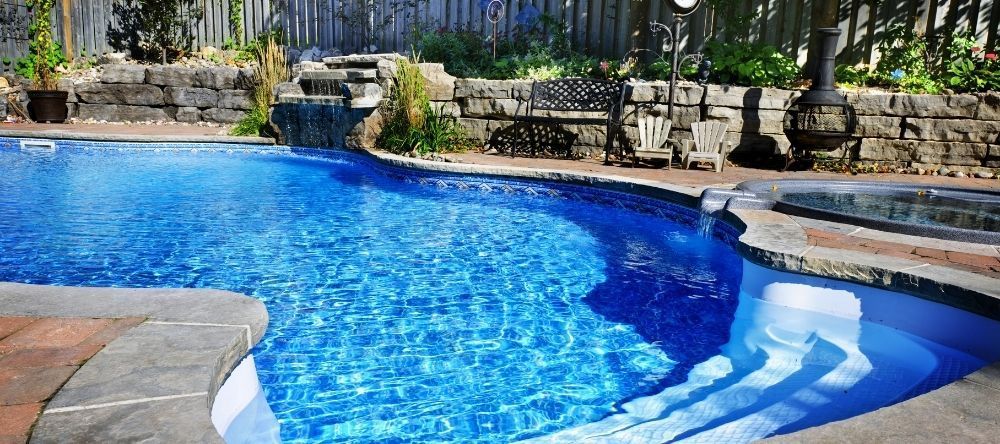How to Properly Close Your Pool for the Season
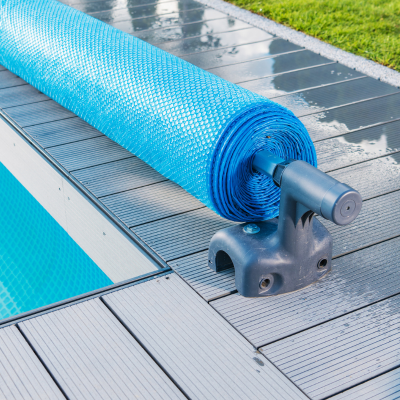
As the temperatures drop and swim season comes to an end, it’s essential to properly close your pool to protect it from damage during the fall and winter months. A well-executed pool closing will save you time, money, and hassle when it's time to reopen in the spring. Here’s how to close your pool the right way.
Clean and Balance the Water
Start by thoroughly cleaning the pool. Skim debris, brush the walls, and vacuum the floor. Once clean, test and balance the water chemistry. Adjust pH, alkalinity, and calcium hardness levels to prevent corrosion or scale buildup over the winter.
Lower the Water Level
Depending on your pool type and cover, you’ll need to lower the water level below the skimmer and return lines. This helps prevent freezing and cracking in your plumbing system. Be sure not to drain the pool completely unless it's specifically designed for it.
Add Winterizing Chemicals
Use a winterizing kit or add algaecide, chlorine, and a pool shock treatment to keep the water clean and clear during the off-season. These chemicals help prevent algae growth and bacteria buildup under the cover.
Drain and Protect Equipment
Completely drain water from pumps, filters, heaters, and plumbing lines. Use a shop vacuum or blower to remove excess water. Store removable equipment indoors and plug return lines with winterizing plugs.
Cover the Pool Securely
Use a strong, properly fitted winter cover to protect your pool from debris and harsh weather. A good cover keeps your pool cleaner and safer throughout the winter months.
Taking the time to properly close your pool pays off in the long run. From balancing water chemistry to draining equipment and securing a tight-fitting cover, each step helps safeguard your pool against winter damage. With a well-executed closing, you’ll save time, reduce expenses, and ensure your pool is swim-ready when warm weather returns.
